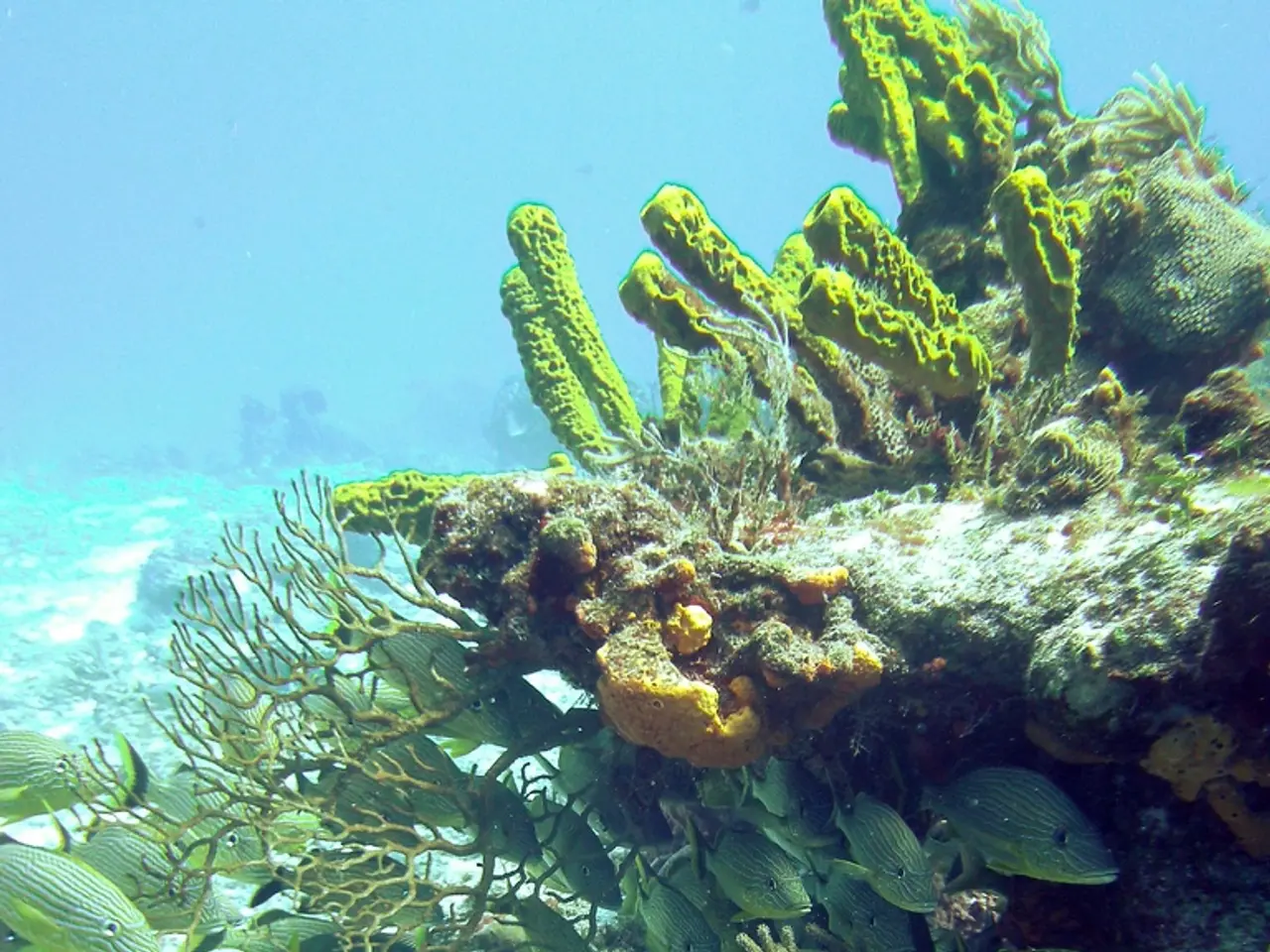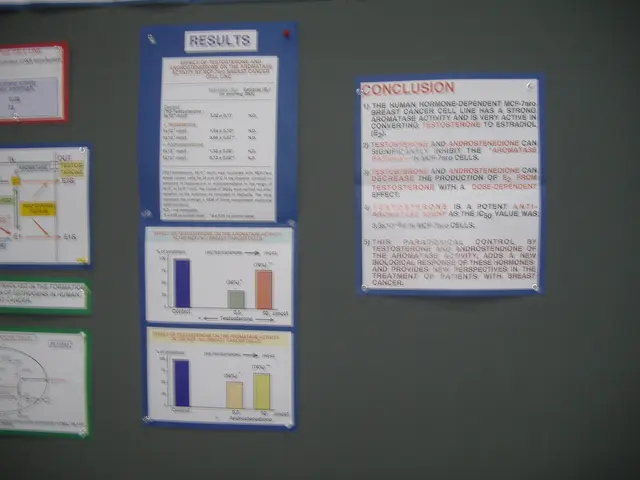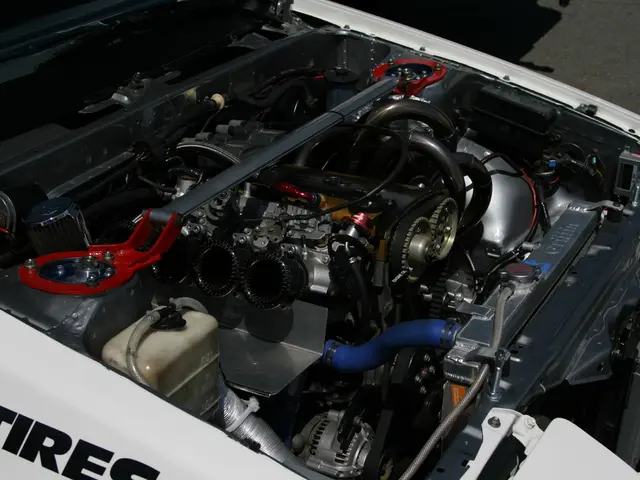Exploring the Depths: Hidden Treasures in Shallow Ocean Floor Mining Operations
In the vast expanse of the world's oceans, a new frontier for resource extraction is emerging. Countries like Papua New Guinea have leased hundreds of thousands of square kilometres of their seafloor for exploration, driven by the increasing demand for minerals essential for batteries and solar panels.
One company leading the charge is Manuka Resources, which aims to have a minimal environmental impact. Their project, designed to avoid adding chemicals to tailings, impacting fish, dolphins, or whales, and eschewing heavy machinery, open pits, waste dumps, and energy-intensive crushing and grinding circuits, is a testament to this commitment.
However, the road to seabed mining is not without its challenges. The 1980s saw significant financial losses in attempts to gather manganese nodules from the seabed, despite nearly half a billion dollars spent on prospecting. This underscores the importance of studying potential dangers before deciding on seabed mining techniques.
The potential risks of deep-sea mining are not limited to the immediate area. A paper published by scientists at the University of Hawai'i at Mānoa outlines potential risks to the water above the seabed, including the possibility of seafloor dredging lifting unwanted material, including toxins, into the ocean, which can spread and settle. While no study has proven that this material becomes sediment and affects marine flora and fauna, or that particulate suspended in the ocean might disorient ocean animals, these are concerns that cannot be ignored.
In an effort to address these concerns, the International Seabed Authority (ISA) was created in 1994 at the UN Convention on the Law of the Sea to protect marine environments from the harms of resource extraction. However, as of 2024, it has not yet adopted a formal set of regulations for deep-sea mining. The mining industry has taken steps to mitigate environmental impacts, forming the International Marine Minerals Society and establishing a member code of conduct that sets out environmental principles for marine mining.
The ISA issues licences to applicants sponsored by nations that meet the regulations protecting ocean environments. Notable examples include Fiji, Tonga, and Kiribati, which have received licenses to explore the mining of polymetallic sulphide deposits in vent fields in the western Pacific Ocean.
Meanwhile, established players in the mining industry are also venturing into seabed mining. De Beers, for instance, acquires a significant portion of its diamonds off the continental shelf of southern Africa. In New Zealand's exclusive economic zone, Manuka Resources' Taranaki vanadium titanomagnetite iron sands project is one of the largest drilled vanadium projects in the world.
As more than 70 percent of the ocean remains unmapped, the potential wealth hidden in the depths of the sea continues to be a tantalising prospect. However, it is crucial that as we delve deeper, we tread lightly and prioritise the protection of our oceans and the life they support.




